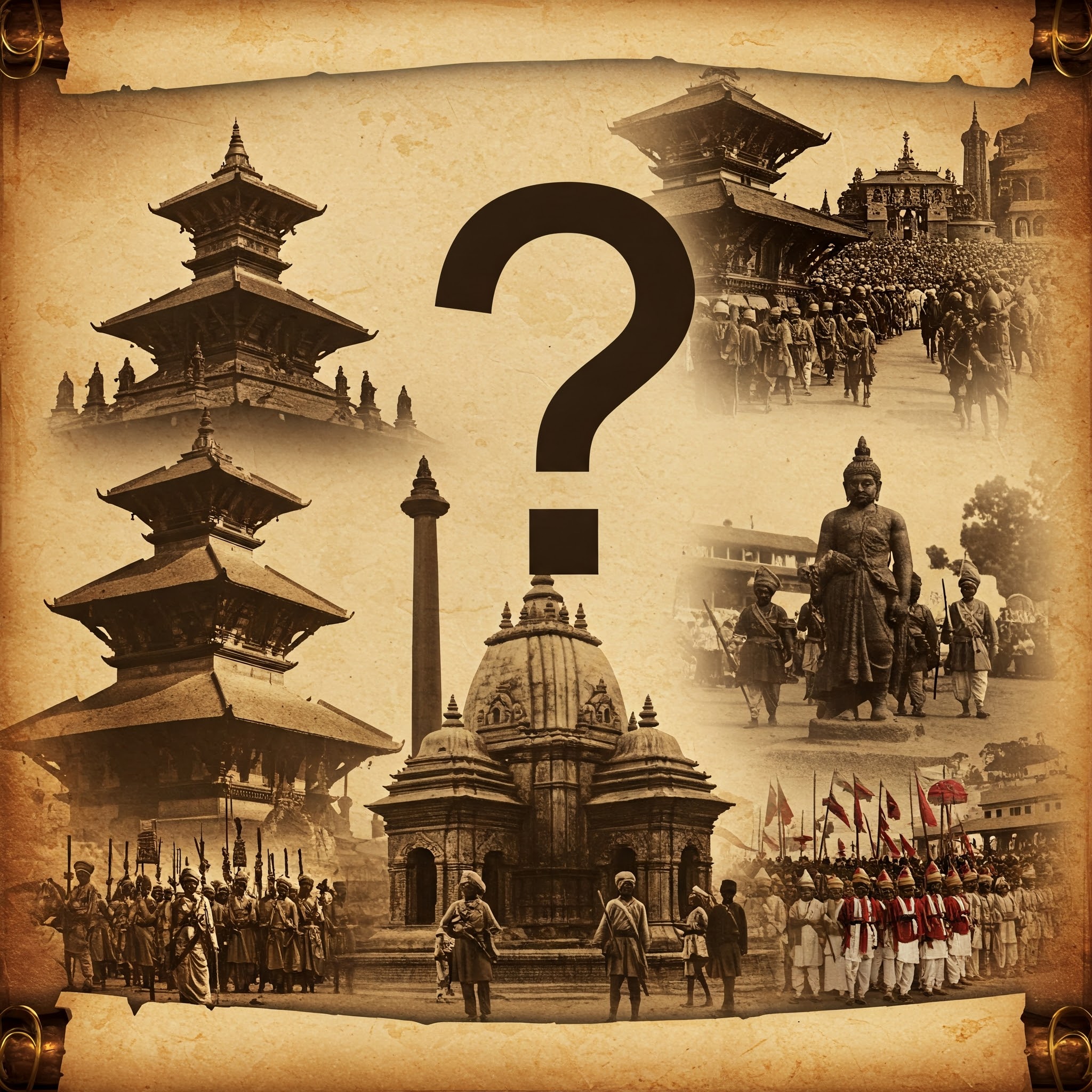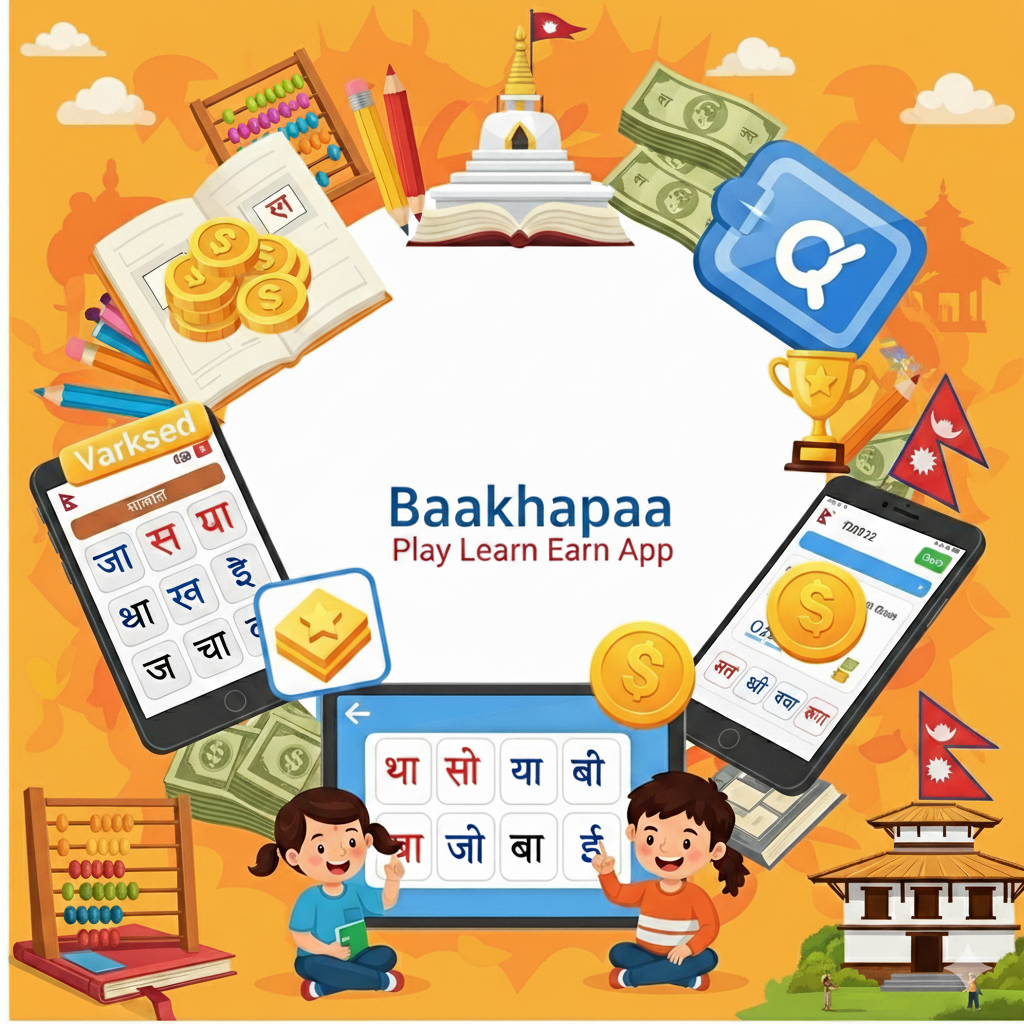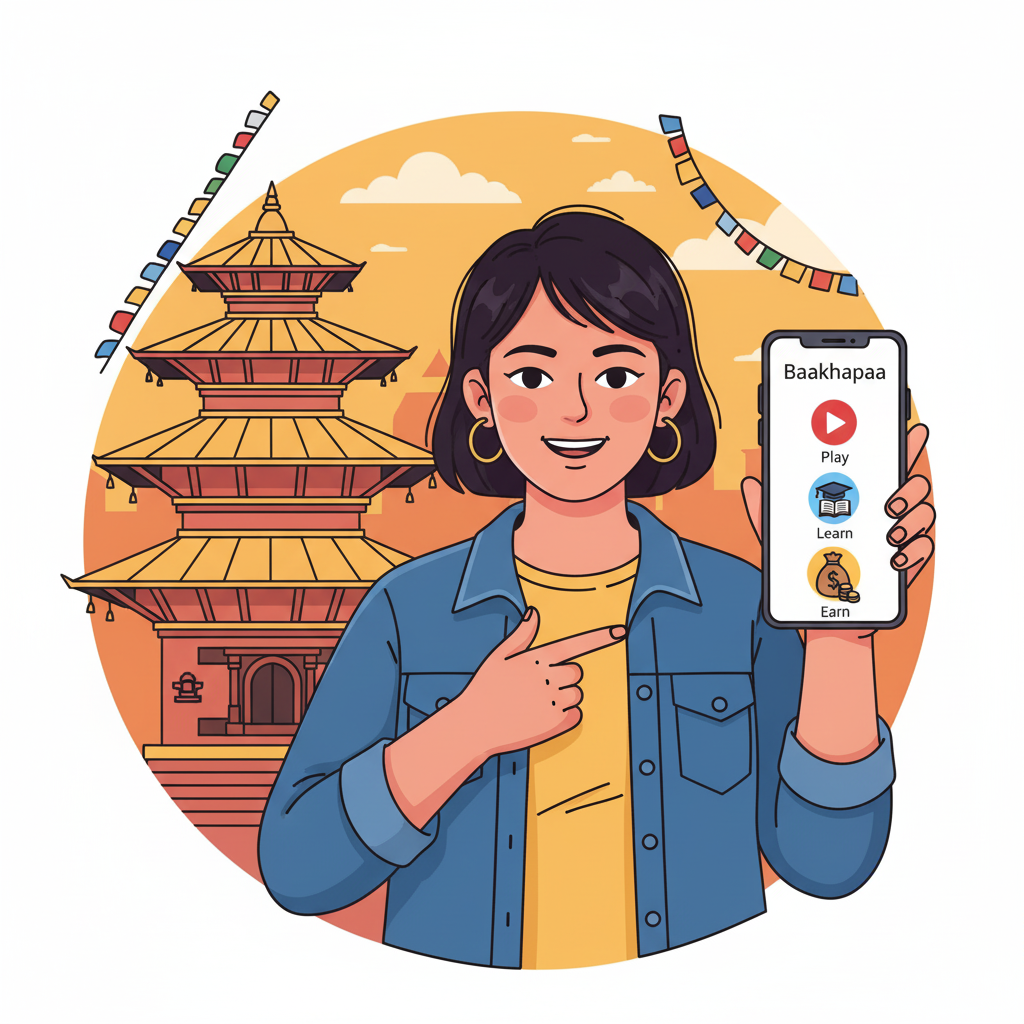A Journey Through Time: Key Moments in Nepal's Rich History
Embark on a captivating journey through the annals of Nepali history, a tapestry woven with ancient legends, glorious dynasties, periods of unification, and a resilient march towards modernity. Far from a dry recitation of dates and facts, Nepal's past unfolds like an epic saga, filled with drama, artistry, and the enduring spirit of its people.
Ancient Whispers and the Dawn of Spirituality: Ancient Nepal and Lumbini
Our story begins in the mystical landscapes of Ancient Nepal. Imagine the Kathmandu Valley, not as a bustling metropolis, but as a primordial lake, a belief ancinet texts hold. The earliest chronicles speak of the Kirati rulers, believed to have reigned from around the 7th century BCE. This era laid the groundwork for a unique spiritual and cultural identity.
Crucially, Nepal is the hallowed birthplace of Siddhartha Gautama, the Lord Buddha. Around 623 BCE, in the serene gardens of Lumbini (now a UNESCO World Heritage Site), Queen Maya Devi gave birth to the prince who would achieve enlightenment. Lumbini stands as a testament to this profound moment in world history, attracting pilgrims and seekers for millennia. The Ashoka Pillar, erected by the Mauryan Emperor Ashoka in 249 BCE, still stands, its inscription bearing witness to this sacred event. Exploring Lumbini today, with its monasteries and sacred garden, is like stepping back into the very origins of Buddhism.
The Golden Age of Art and Culture: The Malla Dynasty
Fast forward to the medieval period, and we enter the era of the Malla Dynasty (roughly 12th to 18th century). This was a golden age for the Kathmandu Valley, which flourished as a vibrant center of art, architecture, and culture. The Mallas, ruling over independent city-states like Kathmandu, Patan (Lalitpur), and Bhaktapur, were prolific builders and patrons of the arts.
Picture artisans meticulously carving intricate wooden windows, sculptors bringing stone deities to life, and architects designing the magnificent pagoda-style temples and palace complexes that still dominate the Durbar Squares of these cities – all now UNESCO World Heritage Sites. These squares weren't just royal courts; they were the heart of public life, bustling with festivals, trade, and religious ceremonies. The Malla kings also codified laws and social customs, leaving an indelible mark on Newari culture. Their reign, though marked by rivalries between the kingdoms, transformed the Kathmandu Valley into an open-air museum.
The Forging of a Nation: The Unification under Prithvi Narayan Shah
As the Malla influence waned due to internal competition, a new power was rising in the hills of Gorkha. Prithvi Narayan Shah, the ambitious king of Gorkha, embarked on a remarkable military and diplomatic campaign in the mid-18th century to unify the fragmented principalities. This period of Unification of Nepal was a pivotal turning point.
Imagine the Gorkhali soldiers, renowned for their valor, navigating treacherous mountain terrain. After years of strategic battles and alliances, Prithvi Narayan Shah conquered the Kathmandu Valley in 1768-69, laying the foundation for the modern Kingdom of Nepal. He is revered as the father of the nation, and his famous counsel, the "Dibya Upadesh," emphasized national unity and self-reliance. Historical sites like the Gorkha Durbar, Nuwakot Durbar, and the ancient fortresses around the Kathmandu Valley stand as silent witnesses to this era of nation-building.
A Century of Seclusion: The Rana Regime
The Shah dynasty continued to rule, but by the mid-19th century, internal power struggles led to a dramatic shift. In 1846, Jung Bahadur Rana seized power in a bloody coup known as the Kot Massacre, establishing a hereditary system of Rana prime ministers. This marked the beginning of the Rana regime, which lasted for over a century (1846-1951).
During this period, the Shah monarchs became largely figureheads, while the Rana prime ministers wielded absolute authority. Nepal was largely isolated from the outside world, a policy that helped maintain its independence during an era of colonial expansion but also slowed its socio-economic development. Grand palaces like Singha Durbar were built during this time, reflecting the Ranas' power and opulence. However, discontent simmered beneath the surface, with various underground movements yearning for a more democratic and open society.
The Winding Path to Democracy
The mid-20th century heralded a new dawn for Nepal. Inspired by global changes and internal aspirations, a popular movement arose against the autocratic Rana rule. In 1951, the Ranas were overthrown, and King Tribhuvan was restored to power, marking a significant step towards democracy in Nepal.
The journey, however, was not straightforward. Nepal experimented with a multi-party system, followed by a period of partyless Panchayat rule under the monarchy from 1960. Decades of political activism and several popular movements, most notably the Jana Andolan (People's Movement) of 1990, eventually led to the establishment of a constitutional monarchy and multi-party democracy.
The path remained turbulent, with a decade-long Maoist insurgency from 1996 to 2006. Ultimately, this conflict paved the way for a historic peace process and, in 2008, the abolition of the 240-year-old monarchy. Nepal was declared a Federal Democratic Republic, ushering in a new era of inclusive governance and constitution-making, culminating in the promulgation of a new constitution in 2015.
Understanding Nepal's Past Today: Gamification and Travel Quests
Learning about Nepal's rich and often complex history can be an adventure in itself. Innovative approaches are emerging to make this journey more engaging. For instance, the Baakhapaa app offers a unique "Play, Learn, and Earn" platform. Through stories, videos, and interactive challenges, users can delve into various aspects of Nepali culture and potentially its history, earning rewards through the Baakhapaa wallet as they enhance their knowledge. This gamified approach can transform learning from a passive activity into an exciting quest.
Similarly, travel companies like HillyChilly Travel offer cultural tours and spiritual journeys, such as "Exploring Buddhism in Nepal." While not explicitly marketed as gamified history lessons, these curated travel experiences can become personal "travel quests." Imagine tracing the steps of ancient pilgrims in Lumbini, deciphering the stone inscriptions in a Malla-era temple, or trekking to a historic hilltop fort – these journeys, when approached with a quest for understanding, bring history to life. The challenges lie in piecing together the narratives from the tangible remnants of the past and the stories shared by local communities.
Nepal's historical sites, from the sacred grounds of Lumbini to the architectural marvels of the Kathmandu Valley and the hill-top forts, are not just relics; they are storybooks waiting to be read. By exploring these sites and engaging with new ways of learning, one can truly connect with the soul of this Himalayan nation and appreciate the depth of Nepal's past.
Please login to leave a comment.


 Rakesh Rajbhat
Rakesh Rajbhat




